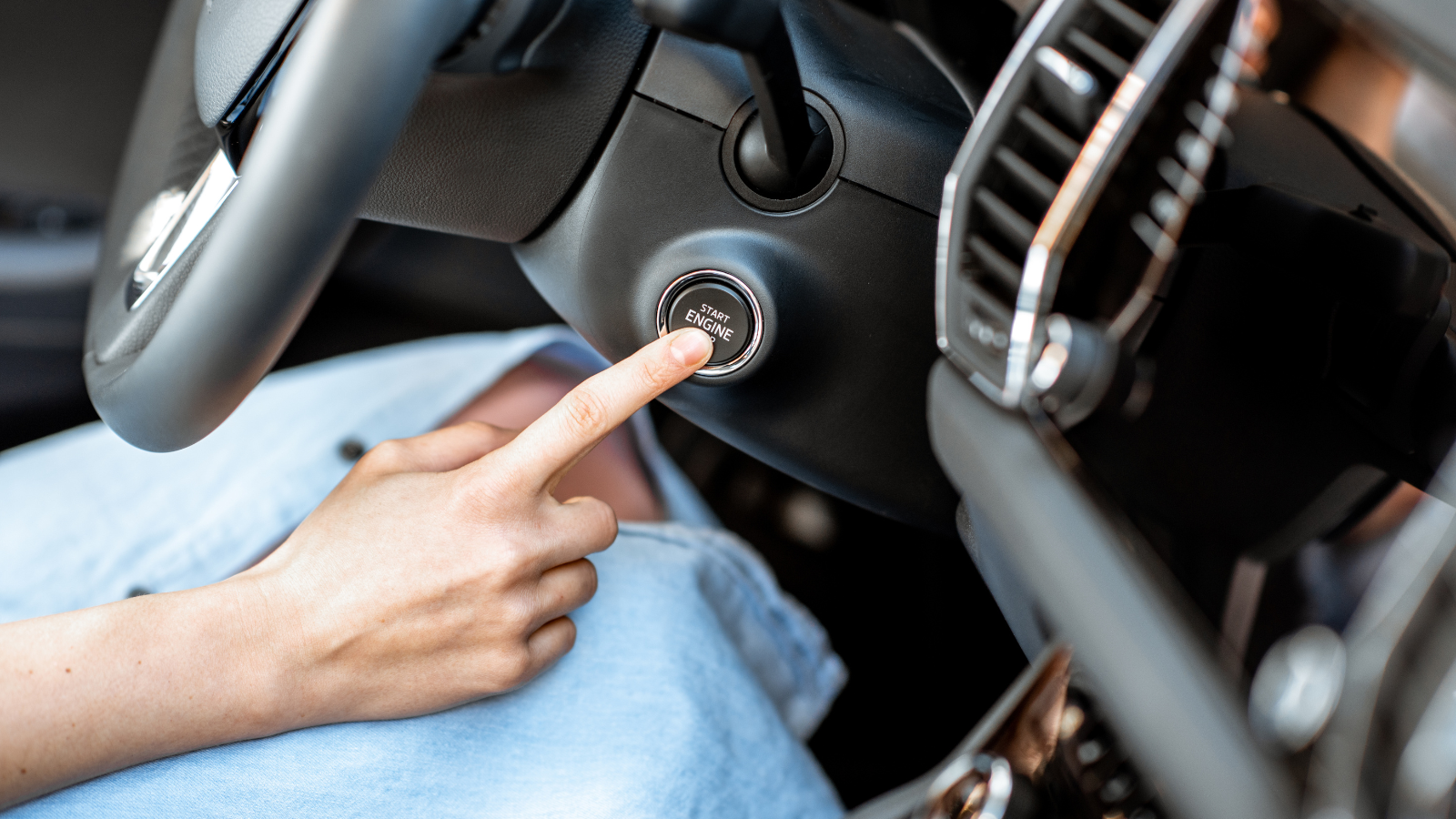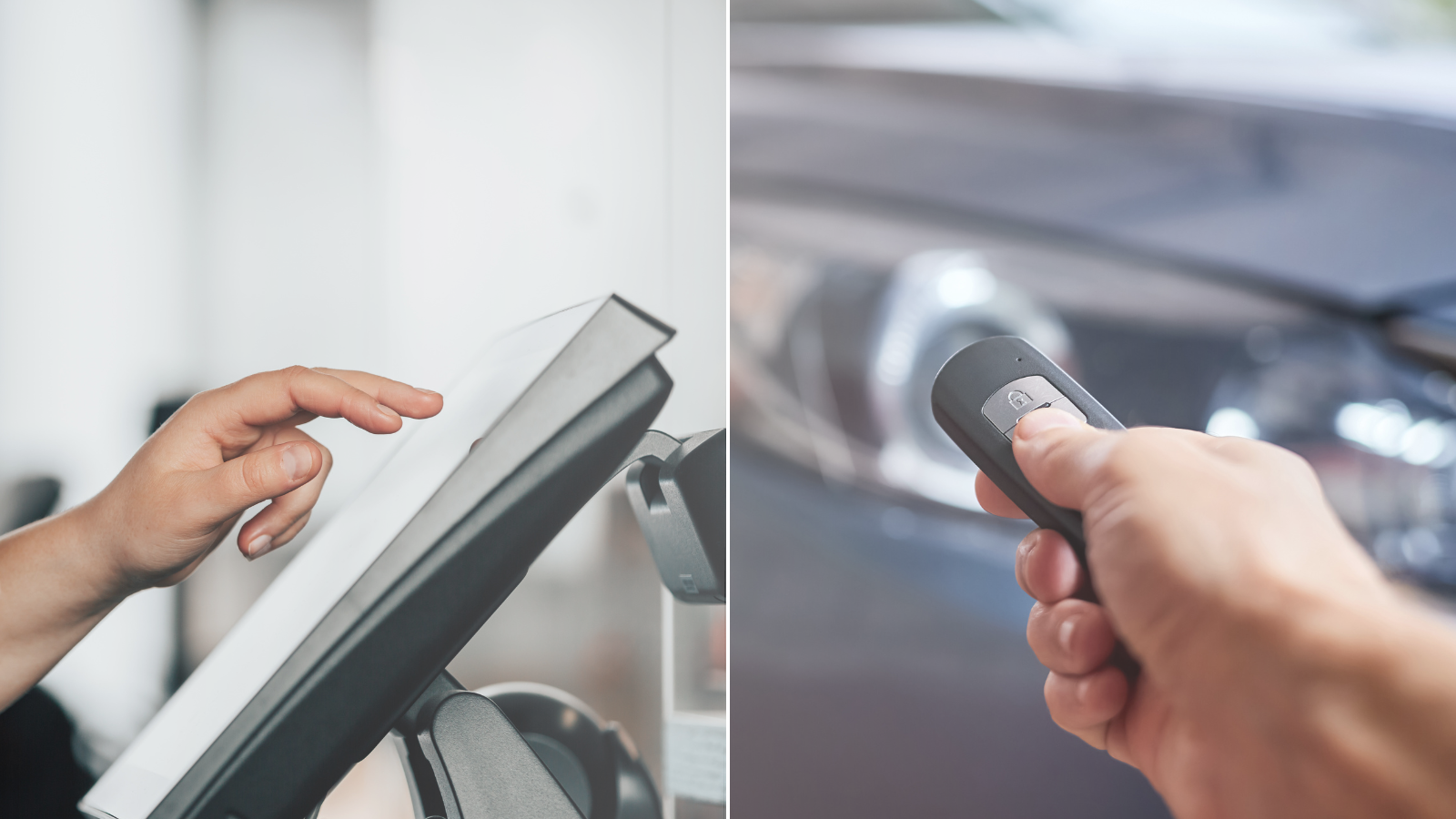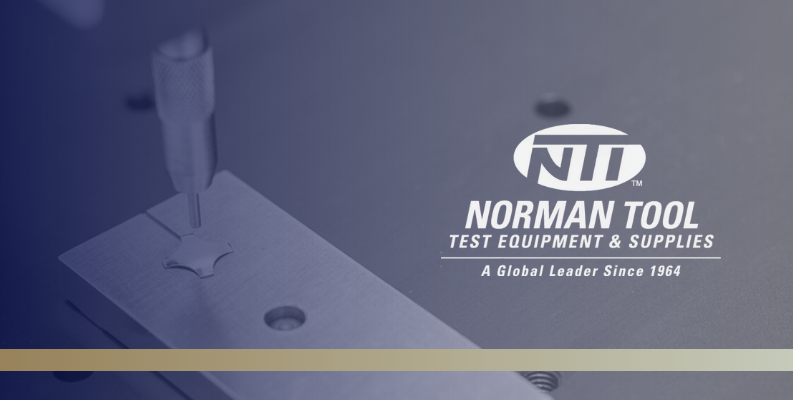What is Capacitive Feedback?
Capacitive feedback uses touch-based technology that relies on changes in an electrostatic field to register input. This is the technology behind the sleek, buttonless interfaces on smartphones, tablets, and automotive infotainment systems.

How Does Capacitive Feedback Work?
Capacitive sensors detect a conductive object, typically a human finger, by measuring changes in capacitance. When users touch a capacitive surface, they alter the local electric field, triggering an input response. This technology eliminates moving parts, increasing reliability and durability.
Advantages of Capacitive Feedback
- Smooth and Seamless Design: Capacitive touch interfaces create a sleek, modern look without mechanical buttons.
- High Sensitivity: These interfaces respond to the lightest touch, enabling faster interaction.
- Durability: With no moving parts, capacitive surfaces resist wear and tear.
- Water and Dust Resistance: Many capacitive touch devices feature sealed surfaces, enhancing longevity.
Disadvantages of Capacitive Feedback
- Lack of Physical Confirmation: Users may experience accidental touches or uncertainty about whether the input registered.
- Glove Incompatibility: Standard capacitive screens may not work with gloves unless they use conductive materials.
- Limited Tactile Precision: Without physical buttons, users may struggle to operate controls without looking, which can pose safety risks to critical environments where precise input is essential.
What is Tactile Feedback?
Tactile feedback, also known as haptic feedback, creates a physical sensation that confirms user input. It’s the reason a mechanical keyboard feels more satisfying than a touchscreen keyboard. This type of feedback is common in mechanical keyboards, push buttons, game controllers, and industrial control panels.
How Does Tactile Feedback Work?
Tactile feedback systems use mechanical actuators, such as tactile dome switches, springs, or motors, to create a physical response when pressed. Advanced systems, like haptic feedback in gaming controllers, use vibrations to simulate realistic touch sensations.

Advantages of Tactile Feedback
- Physical Confirmation: Users receive immediate mechanical feedback, reducing input errors and ensuring precision.
- Enhanced User Experience: The feel of a button press improves satisfaction and workflow efficiency.
- Ideal for Eyes-Free Operation: Physical buttons allow users to navigate interfaces without looking, which is crucial for automotive and industrial applications.
- Better Accessibility: Tactile interfaces enable individuals with visual impairments to operate devices effectively.
Disadvantages of Tactile Feedback
- Mechanical Wear and Tear: Moving parts degrade over time, requiring maintenance or replacement.
- Bulkier Design: Tactile interfaces often require physical buttons, increasing device size.
- Limited Customization: Unlike capacitive touchscreens that allow dynamic UI changes, tactile buttons remain fixed in function and layout.
Capacitive Feedback vs. Tactile Feedback: Key Comparisons
| Feature | Capacitive Feedback | Tactile Feedback |
| Response Mechanism | Electrostatic sensing | Physical actuation |
| User Experience | Smooth, seamless | Defined, responsive |
| Durability | Low, susceptible to elements and wear | Subject to wear and tear |
| Accuracy | Can lead to accidental inputs | Precise with physical confirmation |
| Environmental Resistance | Water/dust resistant | Mechanical parts susceptible to damage |
| Customization | Software-based interface changes | Fixed hardware design |
| Power Consumption | Low, especially for passive sensors | Low, but higher with force-feedback motors |
Applications of Each Technology
When to use Capacitive Feedback
Capacitive feedback works best for applications that require sleek design, multi-touch input, and customizability. Everyday use cases include:
- Smartphones and Tablets: Touchscreens provide intuitive, responsive interaction.
- Automotive Displays: Infotainment systems benefit from smooth, durable controls.
- Home Automation: Smart home devices use touch-sensitive interfaces for a modern aesthetic.
When to Use Tactile Feedback
Tactile feedback excels in situations that demand precise input, eyes-free operation, or physical confirmation. It commonly appears in:
- Industrial Equipment: Operators rely on mechanical switches for reliable control.
- Gaming Controllers: Haptic vibrations enhance immersion and responsiveness.
- Medical Devices: Critical applications require tactile confirmation to prevent errors.
- Aerospace and Automotive Controls: Pilots and drivers depend on tactile buttons for safety and ease of use.

The Future of Feedback Technologies
Manufacturers increasingly integrate capacitive and tactile feedback into hybrid systems. For example, some automotive interfaces combine touchscreens with haptic feedback to simulate button presses. Emerging force-sensitive capacitive touchscreens further bridge the gap by providing subtle mechanical feedback without physical buttons.
Advancements in ultrasonic haptics and electrostatic feedback aim to enhance capacitive touch surfaces by mimicking the feel of physical buttons. These innovations could make capacitive interfaces more versatile, improving accessibility and reducing input errors.
Conclusion
Both capacitive and tactile feedback offer unique strengths. Choosing the right technology depends on the specific needs of an application. Capacitive feedback excels in sleek, modern designs that prioritize durability and versatility, while tactile feedback remains the best choice for precision, reliability, and a natural user experience.
For industries that require highly responsive, long-lasting tactile feedback, Snaptron’s tactile dome switches provide an optimal solution. Designed for precision and durability, these switches offer a reliable mechanical response that enhances user experience across industrial, medical, automotive, and aerospace applications.
As user interface technology continues evolving, expect further innovations that blend the best of both worlds, delivering enhanced interactivity across industries. Whether designing consumer electronics, industrial controls, or medical devices, understanding these feedback mechanisms helps create optimal user experiences. Want to experience the difference? Contact Snaptron today to explore our tactile feedback solutions.



